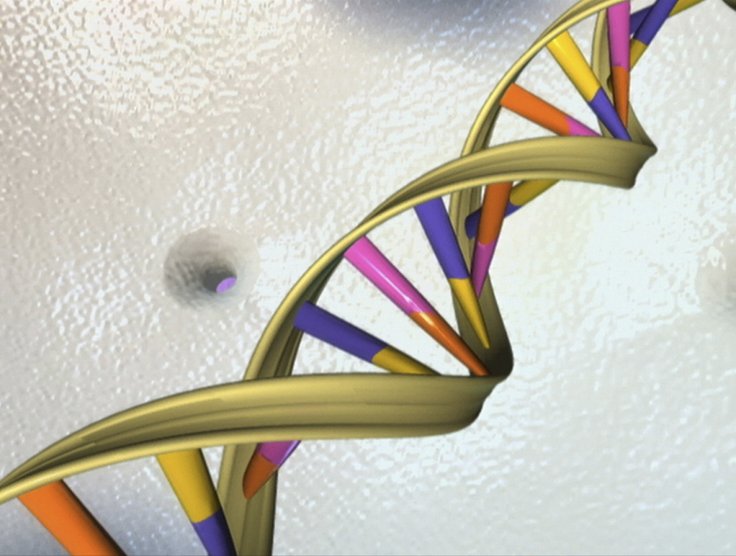
Singapore scientists have created the world's largest genetic databank of Asian population to help doctors better diagnose rare diseases and find their ailments.
The new record contains the completed whole-genome sequencing data of around 5,000 Singaporeans capture around 80 per cent of Asia's diversity from three major ethnic groups -- Chinese, Malay and Indian – with the genes of 2,780 Chinese, 903 Malay, and 1,127 Indian volunteers.
Researchers from Genome Institute of Singapore (GIS) along with various other institutions started working in 2017 on the project, whose planning began around four years ago and published their effort in biomedical journal Cell.
Professor Patrick Tan, executive director at the Agency for Science, Technology, and Research in GIS, said that the project was partially in response to pressures on Singapore's healthcare system.
"We will be able to identify who's at most risk of developing chronic disease and by doing so mitigate future healthcare costs, (and) who will best respond to a particular therapy so we can allocate the right drugs to the right patients at the right time," he said, adding that the databank of individuals from the "Indus Valley Civilization in South Asia" covered the shortage of Asian genetic data in public databases.
The researcher said that the accuracy of health-related prediction reduced when doctors applied data based on one ethnic group to another.
Prism's deputy director (clinical) Saumya Shekhar Jamuar, citing a US case where patients were wrongly diagnosed with a heart condition because of a variant in their genes did not exist among the American population.
It is common among people of African descent and did not cause disease, he further stated that misdiagnosis not only affected the patients but also their families. "Wrong genomic data or lack of such data leads to misdiagnosis and misinterpretation."
Professor Tan said their project also tapped on data collected from other studies over the past 15 years, and identified 98.3 million genetic variants across the Singapore genomes, more than half of which had not previously been reported in public databases.
The researchers also found 126 genetic variants common among the Asian population which had been classified as potentially disease-causing.
Professor Tai E Shyong from the Yong Loo Lin School of Medicine and Saw Swee Hock School of Public Health said these variants presented a unique opportunity to make observations that could not be made in other populations where they were not present.
He continued that the new database allowed doctors to develop new ways to predict diseases and potentially identify new ways to treat or prevent them, adding the researchers also identified 14 loci or spots on chromosomes where genes are located, associated with various traits and diseases.
GIS deputy executive director and senior group leader (human genetics) Liu Jianjun said that the project had a potential to explain why certain phenomena such as Asian flush -- the phenomenon when someone's face turns red after drinking alcohol, particularly common among Chinese, Japanese and Korean descent people -- were more or less common among Asians.
Researchers said the data revealed some genetic intermingling among the ethnic groups of Chinese and Malays were more closely related, Malays split from the Chinese about 24,800 years ago and experienced a significant gene inflow with East Asians about 1,700 years ago.
The project, whose data will be deposited in international archives for researchers from around the world, is looking forward to expanding the databank to include samples from more than 100,000 Singaporeans in the next few years.









